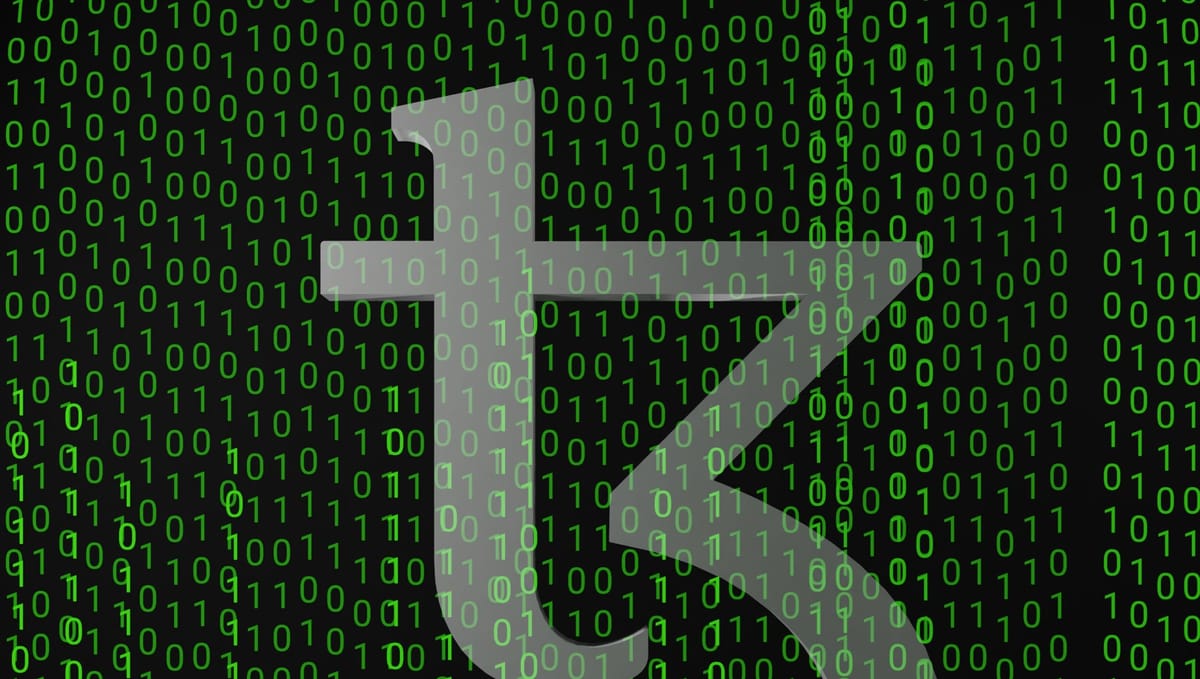How to Secure Your Crypto Mining Rig from Cyber Attacks
In 2025, your crypto mining rig could be a prime target for hackers. From malware to botnet attacks, cyber threats are everywhere. This guide covers the top risks, smart security tips, and how to pick safe mining software.

Your crypto mining rig is more than just a power-hungry machine—it’s a target. In 2025, hackers aren’t just after big exchanges. They’re coming after individual miners too.
Cybercriminals know rigs generate value. That’s why malware, botnets, and phishing scams have exploded across the mining world. One bad click or an outdated firewall can hand over your earnings without warning.
If your rig gets infected, you’ll lose hash power, revenue, or even full control. And the worst part? Many miners don’t notice until it’s too late.
But here’s the good news: protecting your mining setup isn’t hard. With the right security tools and smart habits, you can block attacks before they begin. From firewalls to safe mining pools, this guide shows you how to keep your rig locked down—and your earnings untouched.
Let’s secure your mining operation the right way.
Common Security Threats to Mining Rigs
Protecting your crypto mining rig from cyber threats is crucial to maintaining its performance and safeguarding your earnings. Understanding the common security threats can help you implement effective defenses.
Malware Infections
Malware specifically designed to exploit mining rigs can hijack your system's resources, leading to degraded performance and increased energy costs. Cryptojacking malware, for instance, covertly utilizes your hardware to mine cryptocurrency for attackers, often without noticeable signs.
Botnet Attacks
In a botnet attack, multiple compromised devices are controlled remotely by cybercriminals to perform coordinated tasks, such as unauthorized mining operations. If your rig becomes part of a botnet, it can suffer from reduced efficiency and potential legal implications due to its involvement in illicit activities.
Unauthorized Access
Weak passwords and unprotected network connections can allow unauthorized individuals to access your mining rig. Once inside, they can alter configurations, redirect mining outputs, or install additional malicious software, compromising both your earnings and system integrity.
By recognizing these threats, you can take proactive steps to secure your mining operations and ensure their longevity and profitability.
Best Practices to Protect Your Mining Rig

Now that you know the threats, it’s time to strengthen your defenses. A few smart steps can protect your rig from malware, hackers, and botnets. Use these essential best practices to harden your system against attacks.
1. Set Up a Strong Firewall
A firewall acts as your first line of defense. Block suspicious inbound and outbound traffic that could be linked to malware or command-and-control servers. Use hardware-based firewalls for larger setups, or enable built-in OS firewalls for solo rigs.
2. Use a VPN to Hide Network Activity
A VPN encrypts your data and hides your IP address from potential attackers. It prevents tracking and reduces the risk of targeted network attacks. Choose a VPN that supports stable bandwidth to avoid slowing down your mining performance.
3. Enable Multi-Factor Authentication (MFA)
Use MFA on all mining platform accounts, wallets, and control panels. If someone steals your password, they still can’t log in without the second verification step. Apps like Authy or Google Authenticator are free and easy to use.
4. Keep Software and Firmware Updated
Hackers love outdated rigs. Always patch your OS, mining software, and router firmware. Updates close security gaps and stop known exploits.
5. Segment Your Network
Keep mining rigs on a separate local network from your personal devices. If a breach happens, it won’t spread beyond the mining system.
Choosing a Secure Mining Software & Pool

Selecting secure mining software and joining reputable mining pools are essential steps to protect your cryptocurrency mining operations from cyber threats. Here's how to make informed choices:
- Prioritize Security Features: Opt for mining software with robust security measures, such as encryption and DDoS protection. For instance, CGMiner is renowned for its strong security protocols.
- Ensure Regular Updates: Choose software that receives frequent updates to address emerging vulnerabilities. Awesome Miner, for example, is known for its active development and support.
- Verify Source Authenticity: Download mining software only from official websites or trusted repositories to avoid malware. Be cautious of third-party sources that may host compromised versions.
Selecting a Reputable Mining Pool
- Assess Reputation and Trustworthiness: Research the mining pool's history and user reviews. A reliable pool with a solid track record ensures consistent payouts and fair practices.
- Understand Fee Structures: Different pools have varying fee models. For example, Slush Pool charges a 2% pool fee and a payout fee for smaller transactions. Ensure you comprehend how fees will impact your earnings.
- Evaluate Pool Size and Hash Rate: Larger pools may offer more regular payouts due to their substantial collective hash power, but rewards are shared among more participants. Smaller pools might provide larger payouts per block found but with less frequency.
- Review Payout Policies: Understand the pool's payout threshold and frequency. Some pools offer daily payouts, while others may have higher thresholds that could delay earnings.
- Check Transparency and Communication: A trustworthy pool provides clear information about its operations and maintains open communication channels for miners.
Conclusion
Your crypto mining rig is an investment, and like any asset, it needs protection. In 2025, cyber threats are getting smarter, faster, and more aggressive. That’s why securing your rig isn’t just smart—it’s essential.
Malware, botnets, and phishing scams can wipe out your earnings overnight. But with the right setup—strong firewalls, VPNs, and secure mining pools—you stay one step ahead.
Don’t just mine harder; mine safer. Stay updated, patch vulnerabilities, and choose software that values security as much as speed.
FAQs
How do hackers target mining rigs?
Hackers often use malware, phishing emails, and unsecured networks to gain access. Once inside, they can hijack your resources, steal crypto, or install cryptojacking software that mines for them without your knowledge.
Can a VPN improve mining security?
Yes. A VPN hides your IP address and encrypts your internet connection. It protects you from man-in-the-middle attacks, snooping, and unwanted tracking—especially when accessing remote mining dashboards or wallets.
What is the safest mining software?
Reputable tools like CGMiner, BFGMiner, and Awesome Miner are considered safe when downloaded from official sources. Always verify digital signatures and avoid third-party sites offering modified versions.
How do I check if my rig is hacked?
Watch for sudden drops in hash rate, strange CPU spikes, or unfamiliar processes running. Also, check your wallet address hasn’t been changed. Regularly scan with anti-malware tools to catch hidden threats.




